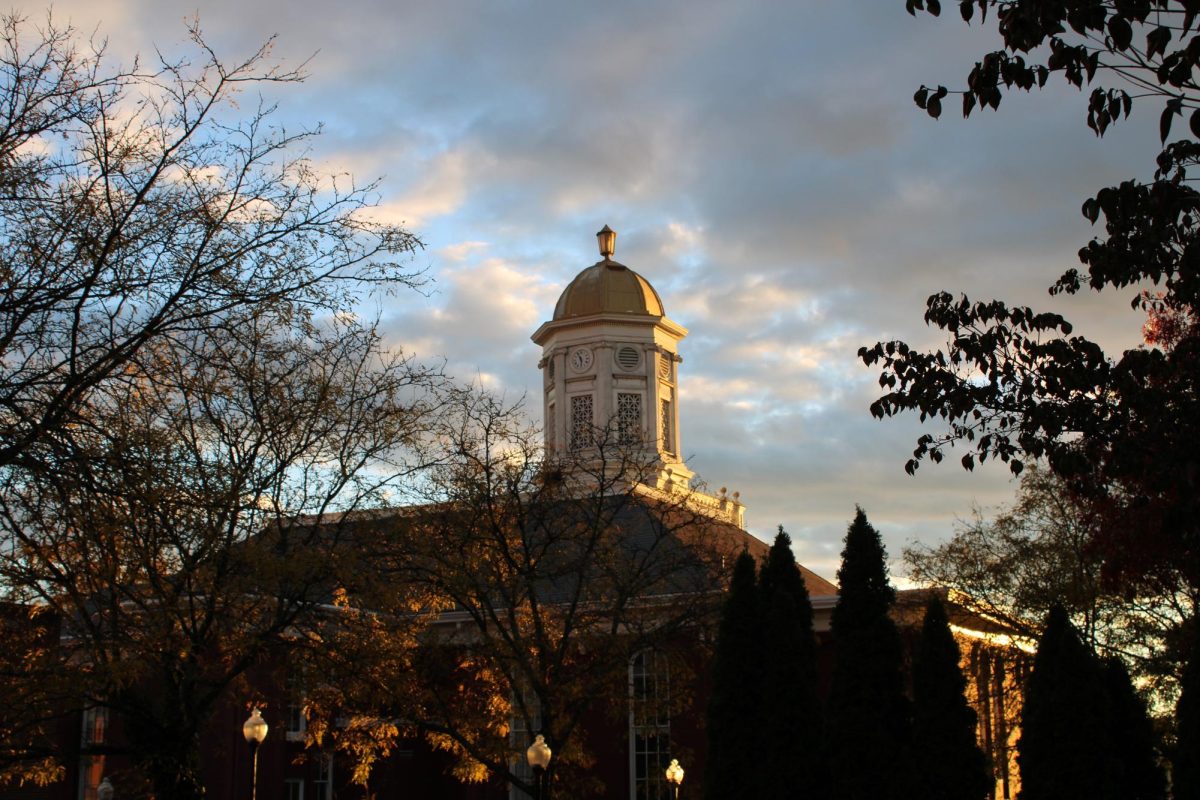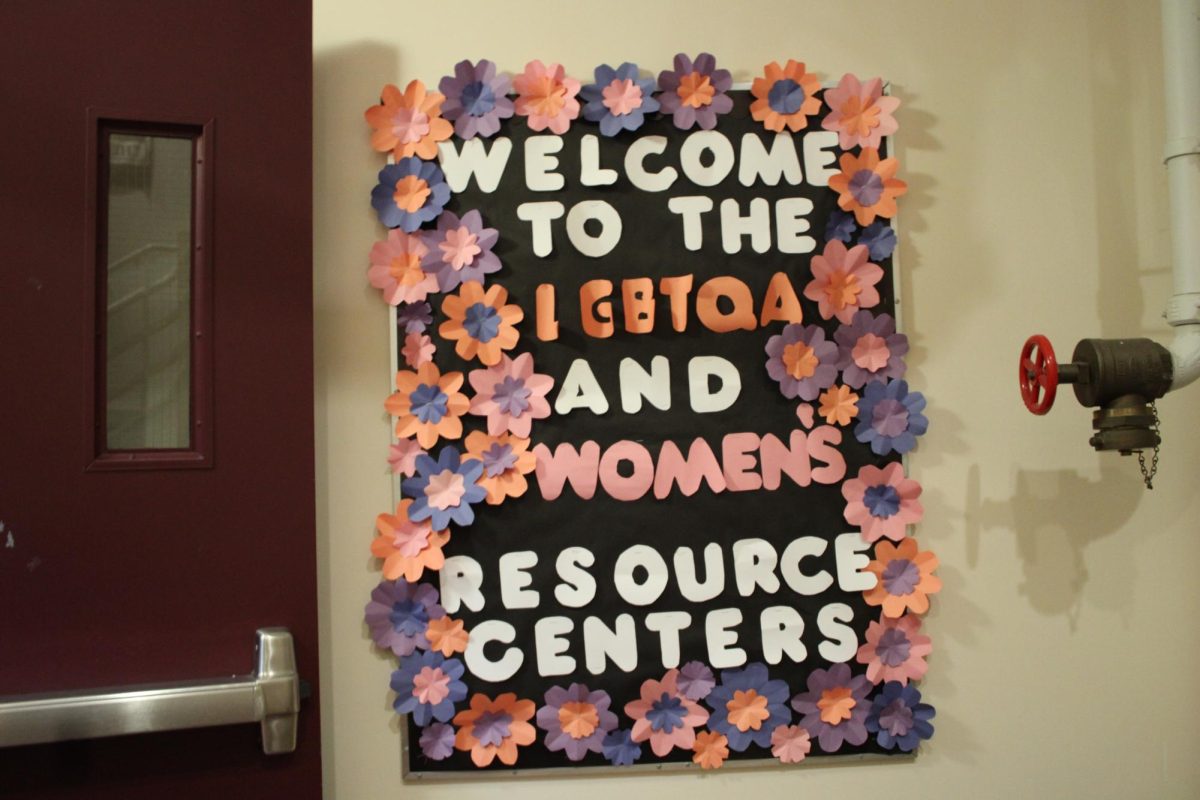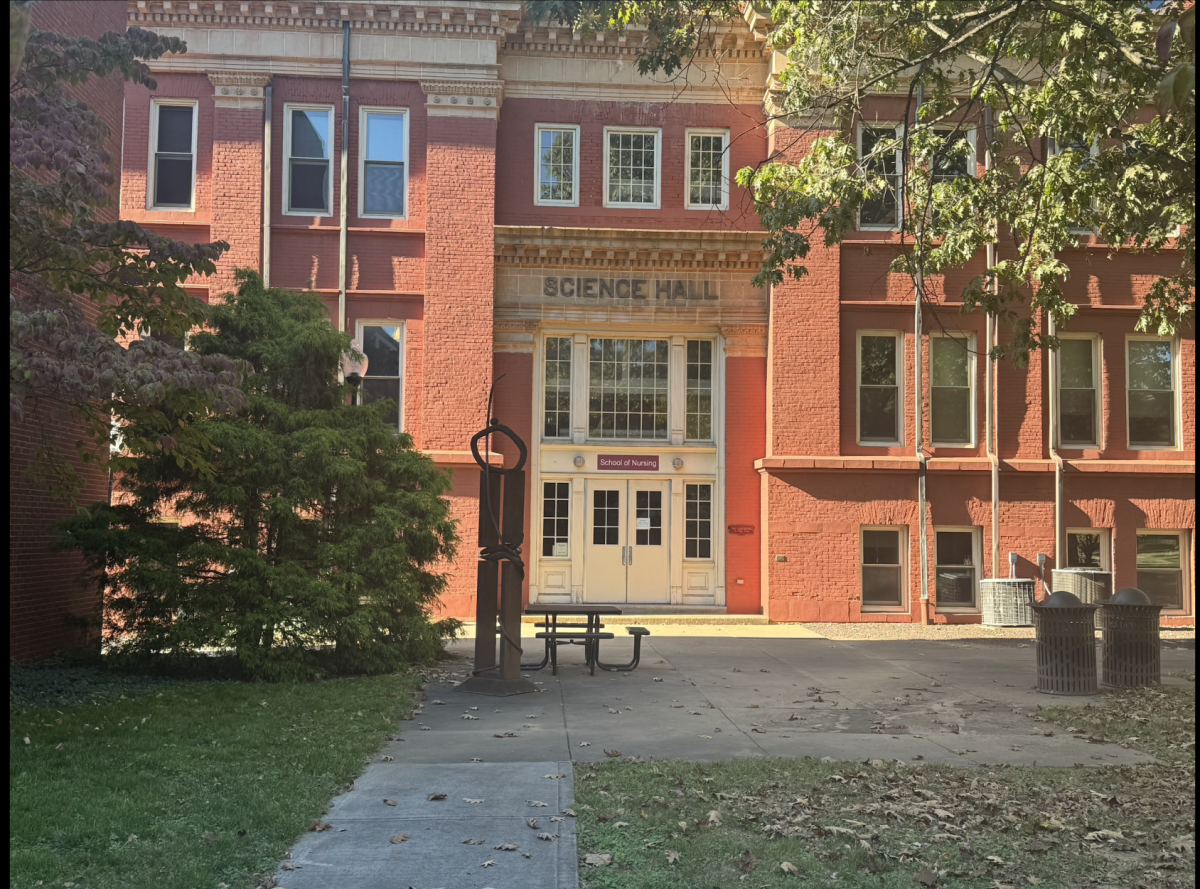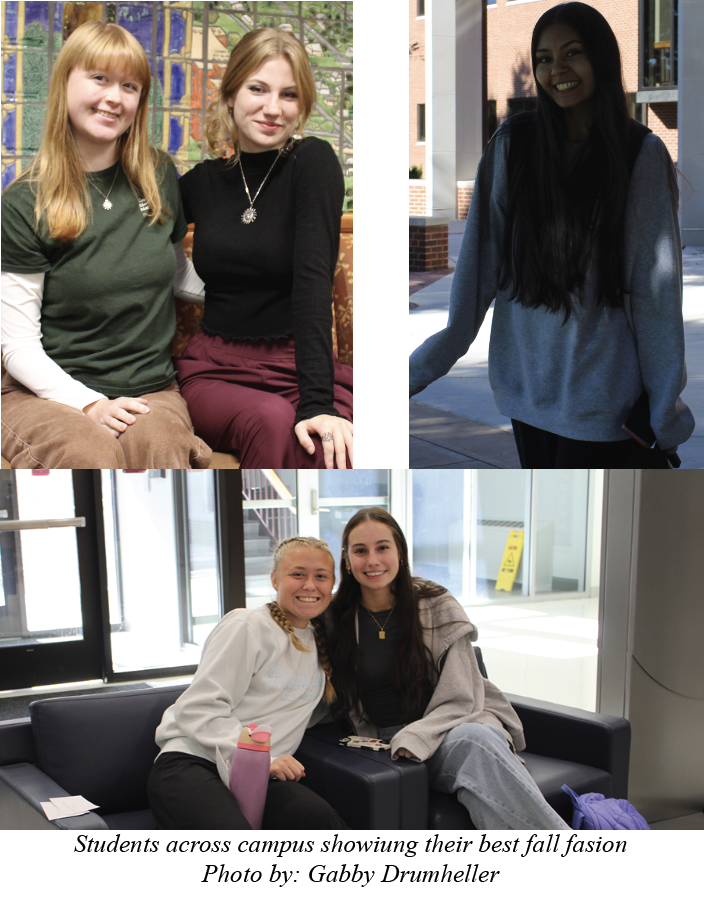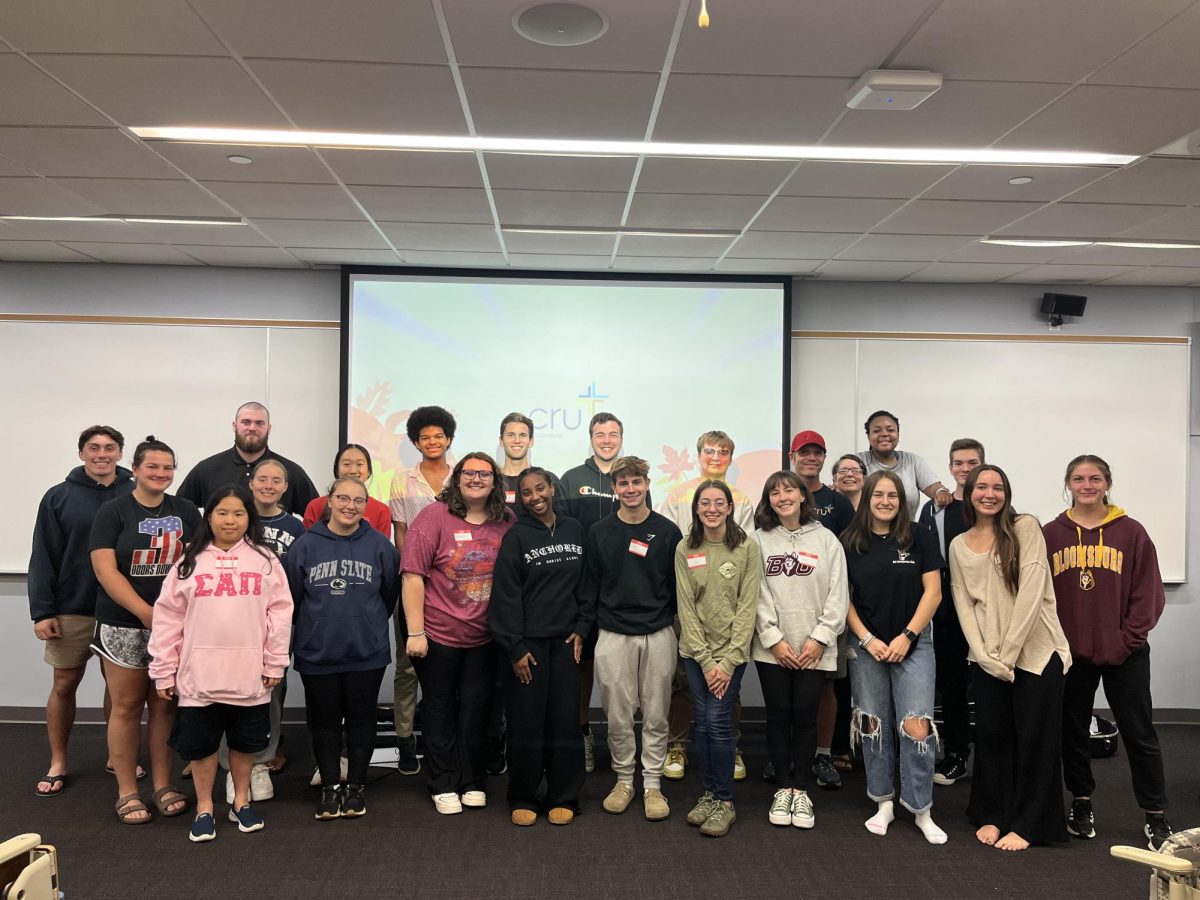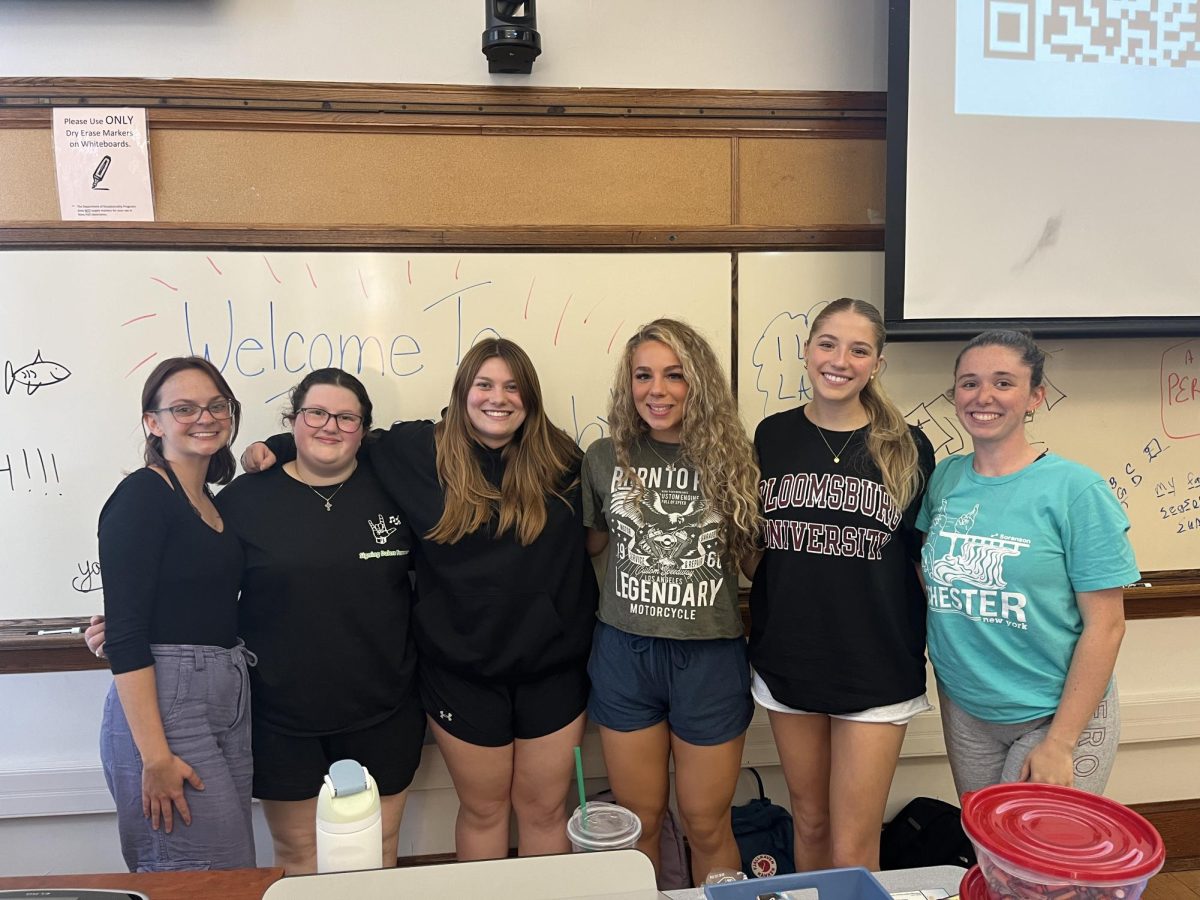This week in history:
100-year anniversary of historical pinery
May 2, 2019
One hundred years ago, 16 Bloomsburg University students gave their lives in service to their country in World War I. Since their sacrifice, they have been given a living memorial, originally consisting of a flagpole, a boulder with a bronze tablet on it and a white pine tree representing each fallen soldier.
While many students may not know of its existence today, the memorial has been an important piece of Bloomsburg University history ever since the first ceremony in 1919.
From 1919 to 1924, three dedication ceremonies were held to honor the students. The first dedication ceremony was held on May 30, 1919 and was put together by the senior class at the time, serving both as the senior graduation memorial and the student soldier memorial according to the Bloomsburg Morning Press.
World War I began in 1914 with the assassination of Archduke Franz Ferdinand. Due to a combination of factors, including secret treaties between European nations, most of the continent was dragged into war, pitting the Triple Entente against the Central Powers. America entered the war on April 6, 1917 and lost 116,708 soldiers by the time the fighting ceased.
Soon after the Armistice, a proposal was made to the town of Bloomsburg to honor the town soldiers who had lost their lives during the war with a memorial park. After the proposal was turned down by the town, Bloomsburg University’s (still called Bloomsburg State Normal School at that time) senior class of 1919 took it upon themselves to create the pinery to honor alumni and students who perished during the war. The six-pointed star shape of the living memorial was designed by Science professor Daniel Hartline, who would eventually be honored himself by Hartline Science Center adopting his name.
After the initial ceremony in 1919, where hundreds of members of the community honored the dead, there were two more ceremonies held in 1922 and 1924. The 1922 ceremony saw the boulder added to the memorial, along with a marble plaque stating which tree belonged to 15 of the 16 students. The 1924 ceremony saw the marble plaque replaced with a bronze one and the name of the 16th student was added.
The next 40 years of the pinery were quiet, old trees dying and new trees rising in their place. This was until 1963, when construction of Schuylkill Hall began. Three of the 16 trees needed to be cut down to fit the dormitory, and the pinery was almost completely forgotten about since it was hidden behind the building.
This was until 2002, when students from a history class banded together to renew the pinery. They were very successful with the renewal, planting six new pine trees, adding 14 small bronze plaques for the names, and two larger bronze plaques in place of trees that were cut down for Schuylkill.
The paving stones were also placed down during this time, along with four benches. The ceremony was finally held in 2003, on April 25, after their work was completed.
The pinery is still cared for today by members of the History Club. Just recently this week on Monday the 29th, a cleanup was held to restore the memorial in preparation for the 100-Year Anniversary Dedication Ceremony that will be held this Friday, the third of May, at 3:00 p.m. The 2019 restoration project has been spearheaded by Kira Loux, History and Theater major.
The names of those who sacrificed their lives are Gabriel L. Adams, Harry Andres, Reese Davis, John Hodder, Howard Krum, John Ray Kunkel, William Montgomery, Gilbert Neuburger, Hawly Olmstead, Walter Page, Meryl Phillips, Earle Robbins, Max Straub, Thomas Turner, Karl Groff West and David Williams.
Even if Bloomsburg might be considered a sleepy part of the United States, the pinery is representative of the fact that World War I had an impact in every corner of the country and that those who lost their lives in the war are still remembered and honored to this day.
Tristan is a sophomore History major and the President of the BU History club.

